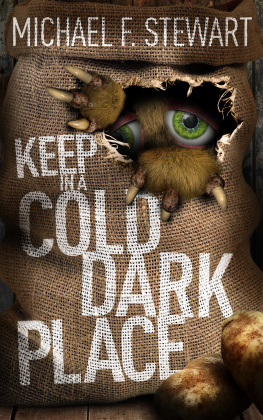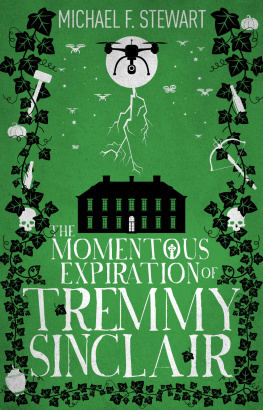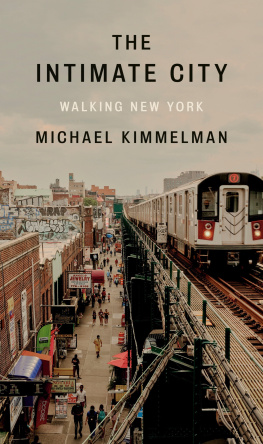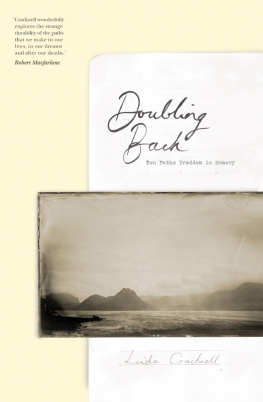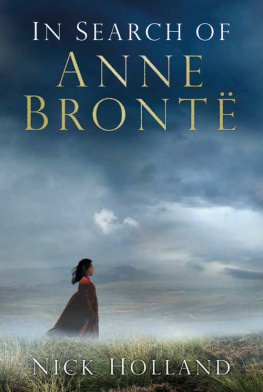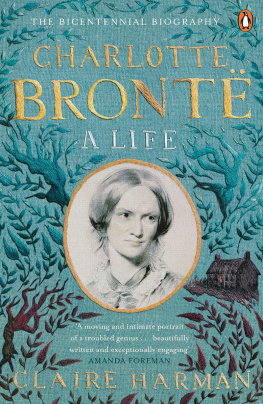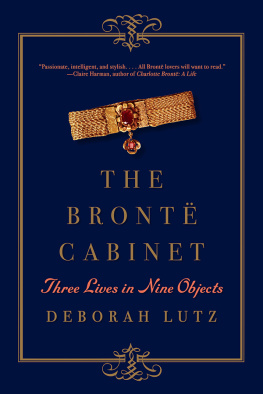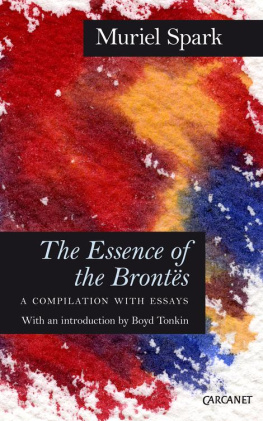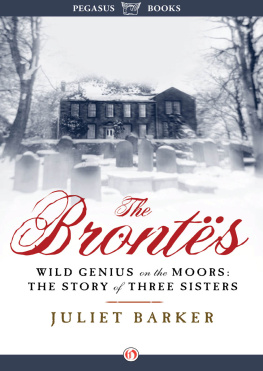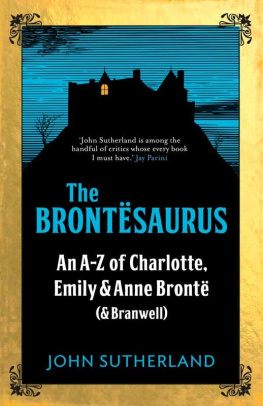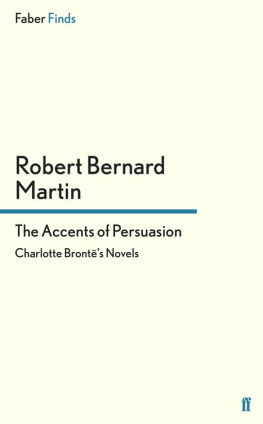An imprint of HarperCollins Publishers Ltd
1 London Bridge Street
London SE1 9GF
First published in Great Britain by HQ in 2021
Copyright Michael Stewart 2021
Maps copyright Christopher Goddard
The Wandering Bard map copyright The Bront Society
Michael Stewart asserts the moral right to be identified as the author of this work.
A catalogue record for this book is available from the British Library.
All rights reserved under International and Pan-American Copyright Conventions. By payment of the required fees, you have been granted the non-exclusive, non-transferable right to access and read the text of this e-book on-screen. No part of this text may be reproduced, transmitted, downloaded, decompiled, reverse engineered, or stored in or introduced into any information storage and retrieval system, in any form or by any means, whether electronic or mechanical, now known or hereinafter invented, without the express written permission of HarperCollins.
Ebook Edition June 2021 ISBN: 9780008430207
Version 2022-02-24
This ebook contains the following accessibility features which, if supported by your device, can be accessed via your ereader/accessibility settings:
- Change of font size and line height
- Change of background and font colours
- Change of font
- Change justification
- Text to speech
- Page numbers taken from the following print edition: ISBN 9780008430184
For Kate
Contents
Ill walk where my own nature would be
leading: it vexes me to choose another guide.
EMILY BRONT
I wasnt born with a Bront obsession. As far as I know, it is not a congenital condition. But these past few years Ive been struck with Bront Fever. Im not the only one. Over the course of my fanaticism, Ive met others. Some of them appear quite normal. There are no flags or bells. They walk amongst us.
I was born and brought up in Salford, a city within a city, and went to a failing comprehensive that also educated most of The Happy Mondays. It was a school built on a marsh and made of plasterboard. There were head- and boot-shaped holes in the walls, where the pupils had found an outlet for their ardour. It was sinking. Actually sinking. The science labs were on the same level as the all-weather pitch. I was in the bottom class for English and was not allowed to study the classics. Instead, we were given books that were written in a simple style, avoiding big words and grammatical complexity. They often had a glossary at the back. So, I never encountered the work of the Bronts. We were told we werent bright enough.
Shortly after I left school, the building was demolished and the site flattened. At sixteen, I started work in a factory in an area of Manchester called Newton Heath. Thousands of people worked there, mostly men, though few of them lived to see retirement. I used to visit my local library every Saturday morning and take out three books: two fiction and one non-fiction. During the bus journey to and from work, Id read them. One of those books was Wuthering Heights. I already knew some of the story. Id watched the 1939 MGM adaptation with my mother when I was a kid, and Id come across the characters of Cathy and Heathcliff even earlier, in Kate Bushs debut single. But the novel was very different. At first, I wasnt even sure if I liked it. I found it a bit of a slog to begin with, but I persisted. Slowly the story and characters drew me in. Somehow, they took hold of me and wouldnt let go.
Gradually, over the years, my obsession grew. I learnt that Emily was part of a family that had published some of the best-known works in Victorian literature. After reading Emily Bronts Wuthering Heights, her only published novel, I then went on to read the work of her sisters. Charlottes first published novel Jane Eyre, then her second Shirley and then her final book Villette. I read Annes Agnes Grey and The Tenant of Wildfell Hall. I read their poems and their letters, everything they had written, including the things that werent published in their own lifetimes. I read the work of their brother Branwell and their father Patrick. I moved to Thornton, a village in West Yorkshire and the birthplace of the Bronts. My interest in their literary work began to extend to their lives. I wanted to discover them for myself. I started to hunt them down. Beginning in Thornton, I imagined Patrick Bront pacing the same streets as me. A curate in his late thirties, he moved here with his family from Hartshead in 1815. He would have walked right past my door every day. I wondered what life was like for him and his family then. I read the stories he wrote during his time in the village.
I read what others had written about them. I was curious to find out myself to what extent Emily was the wild one, Branwell the drunk, Anne overlooked and Charlotte the ambitious one, driving the rest of them on. I soon found that these myths, although based on some truth, were far from the reality, which was just as compelling to me. I joined the Bront Society and started to pore over the essays in their journal, Bront Studies. But the one book I returned to again and again was Wuthering Heights. I became fixated on the two gaping holes in the narrative: where had Heathcliff come from? And where did he go during the missing years? And I started to write a novel that would fill in the gaps. That novel became Ill Will: The Untold Story of Heathcliff, and during my research I recreated the walk that Cathys father, Mr Earnshaw, takes on foot, from Yorkshire to Liverpool. I also spent many hours walking the moors around Haworth, writing the book as I tromped across the landscape, talking into a Dictaphone that I always carried in my pocket.
My quest to find the landscapes that inspired the Bronts had begun. I went to Broughton-in-Furness, where it was claimed Branwell Bront sired an illegitimate child, and from there to Thorpe Green, where he was dismissed from his role as a tutor for having an affair with his employers wife. I went to Dentdale and Law Hill in search of the origin myths behind Emily Bronts only published novel. I visited North Lees Hall in Hathersage to discover the inspiration for Charlotte Bronts Jane Eyre. I retraced Anne Bronts last days in Scarborough and became captivated by the story of the Luddites in Charlottes Shirley and how this contrasted with what the movement was like in real life. In short, I travelled all over the north of England in search of their lives and landscapes. In doing so, I realised how important it was to encourage other people to visit these places too. I wanted people to engage not just with their lives and literary works, but with the places that had inspired them.
Up on the moors, I had a profound understanding of the texts. I started to connect with their writings in a visceral way. It was like I had discovered another layer, and I sank further in. The words and the moors were one.
This led to my Bront Stones project. I realised their birthplace was overlooked in contrast to the parsonage in Haworth where they moved in 1820, and I wanted to bring it to peoples attention and connect it to Haworth. I came up with the idea of a literary trail, with stones along the way, to mark the bicentenaries of the siblings births and encourage more people to experience the landscape that had inspired them. This was a landscape that had surrounded them and offered them a place of solace, but also at times must have felt like divine punishment, when the winds were wuthering and rain ripped through the sky like lead shot, with only shawls and hobnail boots to protect them from the relentless elements.



